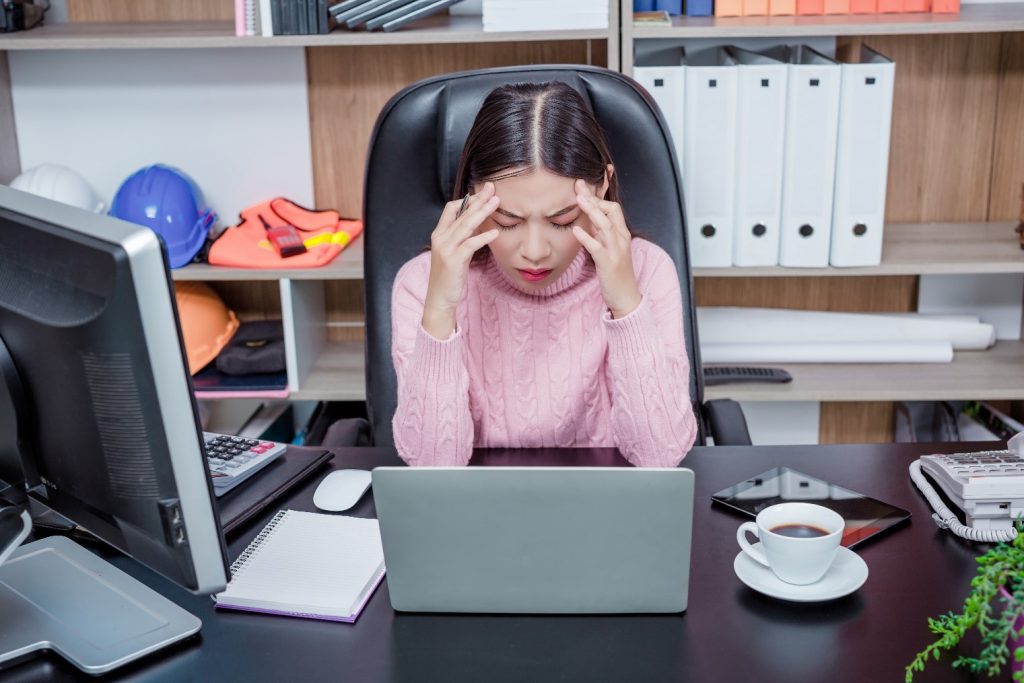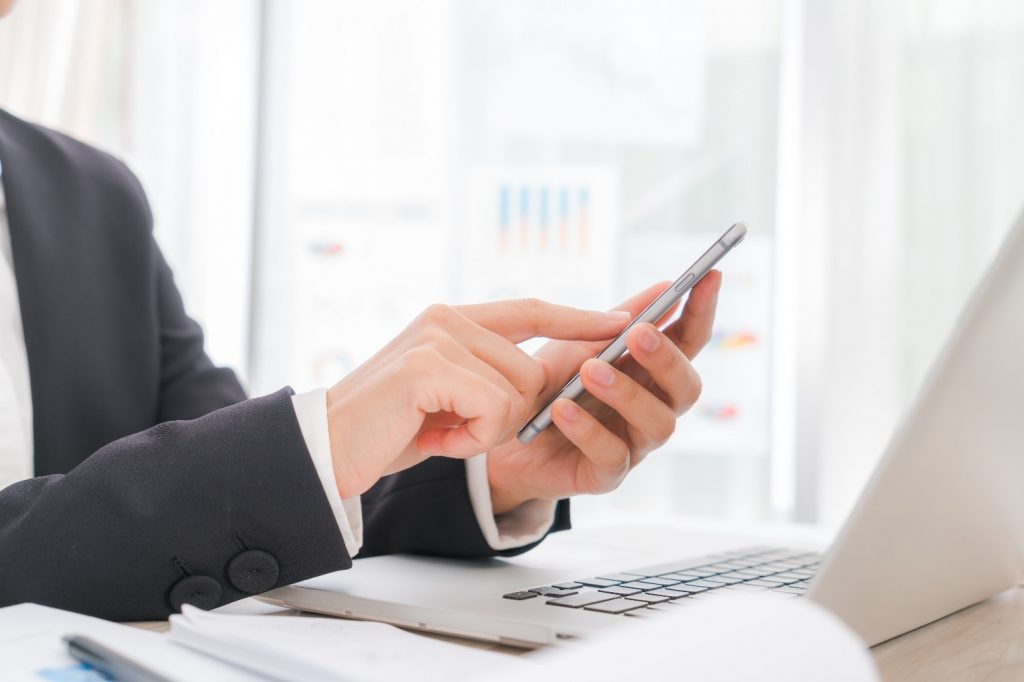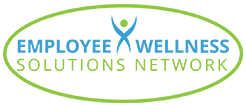Technology is central to our day-to-day activities, but is it doing us more harm than good? Screen time has typically been a topic of discussion related to children that the time they spend in front of the television. In recent years, however, this has shifted to include computer use and also its impact on adults. In 2017, there were 31.7 million mobile subscribers in Canada, a 3.1% increase from the previous year.1 That increase has been consistent with more than 33 million subscribers recorded to date in 2019.2 Over 60% of adults report more than 2 hours per day in total screen time, and 44% of adults report more than 5 hours per week of leisure computer use.3 If you factor in technology use in the workplace, however, that number can climb to more than 11 hours per day!4

Although the specific statistics can vary, what we can agree on is that we spend an awful lot of time interacting with technology including apps, social network platforms, and news feeds – all in addition to the digital programs and tools we use to perform our jobs.
Mobile phones and social media have inspired new pathologies5:
- Nomophobia: the irrational fear of being without your mobile phone or being unable to use your phone for reasons such as the absence of a signal, running out of minutes or battery power.
- FOMO (Fear Of Missing Out): the persistent fear that others may be having rewarding experiences from which you are absent, which encourages a desire to stay continually connected with what others are doing.
- Textiety: the anxiety of receiving and responding immediately to text messages.
The Impact of Screen Time on our Health and Wellbeing
While there is no definitive answer to how much is too much, it is clear that the time we spend interacting with technology is having an impact on our health and wellbeing.
- Social Isolation
Social networking has changed the way we communicate, do business, and access information. How you use it, however, does make a difference.
Research is showing a relationship between screen time – specifically social media use – and an increase in mental health issues including depression, loneliness, and anxiety.6-8 People are spending more time “connecting” online and less time engaging in face-to-face or verbal interaction, which is impacting how people form and foster relationships. Social network platforms can be valuable as a means of launching conversation, but if not paired with more traditional forms of communication, they can be a source of negative expectations.
- Screen Fatigue
Headaches, blurred vision, and dry, irritated eyes are common symptoms of digital eye strain resulting from too much screen use. 65% of people experience eye strain and discomfort after prolonged use of digital devices and more than 20% suffer from headaches.9 As a result, employees may find it difficult to focus and productivity can suffer.

- Sleep Issues
Most people (80%) report using digital devices during the hour before going to sleep.9 Research has shown a relationship between technology use and sleep dysfunction due to the blue light emitted from these devices, which suppresses the sleep-promoting hormone called melatonin.10 We all know the importance of quality sleep and a lack of it can decrease productivity, energy levels, and body functionality. Over time, more significant health issues can develop.
- Sedentary Behaviour
Screen time is a common sedentary behaviour, which refers to any waking activity with a low energy output while in a sitting or reclining position. Excessive sedentary time is associated with negative health (diabetes, obesity, high blood pressure) and mortality outcomes, even for those achieving the Canadian Physical Activity Guidelines – 150 minutes per week of moderate to vigorous physical activity.11
- Productivity
For most of us, screen use slowly chips away at our productivity. Even when working, we often get distracted by social apps, news, and messages. We believe that we can multitask and easily juggle important tasks along with social media use, for example. In reality, we are designed to be mono-taskers and nearly everyone is unable to multitask. Research shows that people who try to do multiple things at the same time are less productive and that doing so may even impair cognitive control.12-14 According to one study, it takes an average of 23 minutes and 15 seconds to return to a task after an interruption.15 Our constant use of various apps and devices creates a constant source of disruption, which negatively impacts our focus and attention.

What Employers Can do to Help
Too much screen time can negatively affect job performance and employee health. Although the majority of employees’ media interaction during business hours is work-related, the impact of their overall screen time is not limited to their personal lives.
- Promote JOMO
The opposite of FOMO, JOMO stands for the “joy of missing out”. It’s all about disconnecting and embracing tech-free time to live in the moment. In today’s world, we may need technology, but maybe not quite as much as we believe we do. JOMO is about self-care and finding balance. Business expectations may not allow us to unplug completely, but we can be more mindful of how we are using our devices.
A recent academic study found 367 apps and browser extensions that help people combat online distractions.16 Even giants like Google and Apple have introduced digital wellbeing initiatives to encourage healthy tech habits.
Remind employees to be more aware of how they use their devices and how much time they spend mindlessly scrolling. In the office, encourage employees to set realistic expectations on how quickly they can respond to messages and communicate them to clients and colleagues. This can help reduce pressure and stress that can lead to working extra hours and burnout.

- Make it OK to unplug
According to one study, 53% of employees work hard so they can enjoy opportunities to spend time with their families and disconnect from work. The same study, however, found that 70% of these individuals admit they don’t fully unplug from work when they take vacation.17
Vacation has many benefits to employee wellbeing, but there is need to take full advantage of time away from the office. (You can read more about the importance of taking vacation here.) Make sure employees know that it’s ok to disconnect when they are away. Encourage them to set an out-of-office message on their phone and email and stick to it. It’s also important for management to lead by example to support the company’s wellness culture and demonstrate the importance of unplugging when possible.

- Get away from the screens
Disconnecting at work can be a challenge, but there are ways to take a break from staring at our screens. Get people moving by organizing a walking group or challenge employees to add a 15-minute walking break to their schedules. No phones allowed! Go beyond the office walls and subsidize gym memberships and sports leagues to encourage health-promoting activities that don’t rely on digital devices.
Leverage your wellness program and offer meditation and mindfulness workshops to promote self-care. Include digital wellness in your monthly newsletter and share tips and suggestions for reducing screen time.
Change normal routines and host device-free meetings. While some meetings may require employees to bring laptops and phones, often they aren’t necessary and can even derail meetings. Let employees know when devices won’t be permitted in certain meetings.
Encourage real lunch breaks away from desks and computers. Social interaction is a great way to battle screen addiction, so create an inviting space where employees can enjoy lunch together. It can help promote socialization, morale and overall wellbeing.
Need some more assistance?
Get your FREE Corporate Wellness Membership 90-Day Starter Kit to get you started! Employee Wellness Solutions Network can help you create a healthier culture resulting in a more profitable and successful workplace. Our memberships give you access to services including corporate wellness specialists, trainers and health coaches to help you create the best strategy for your organization. To learn more about the memberships, visit Employee Wellness Solutions Network.
Sources:
- Canadian Radio-television and Telecommunications Commission. Communications Monitoring Report 2018: https://crtc.gc.ca/pubs/cmr2018-en.pdf
- Canadian Wireless Telecommunications Association. Q1 2019 Industry Facts and Figures: https://www.cwta.ca/wp-content/uploads/2019/09/Sub-Stats-2019-Quarter-2-EN-Web.pdf
- Herman KM, Saunders TJ. Sedentary behaviours among adults across Canada. Can J Public Health. 2016; 107(4-5): e438-e446.
- Nielsen. 2018 Nielsen Total Audience Report: https://www.nielsen.com/us/en/insights/article/2018/time-flies-us-adults-now-spend-nearly-half-a-day-interacting-with-media/
- Gutierrez, J.D., Rodriguez de Fonseca, F., Rubio, G. Cell-Phone Addiction: A Review. Front Psychiatry. 2016; 7:175. https://www.ncbi.nlm.nih.gov/pmc/articles/PMC5076301
- Escobar-Viera, C.G., et al. Passive and Active Social Media Use and Depressive Symptoms Among United States Adults. Cyberpsychology, Behavior, and Social Networking. July 2018; 21(7):437-443. https://www.researchgate.net/publication/326334189_Passive_and_Active_Social_Media_Use_and_Depressive_Symptoms_Among_United_States_Adults
- Hunt, M.G., et al. No More FOMO: Limited Social Media Decreases Loneliness and Depression. Journal of Social and Clinical Psychology. 2018; 37(10):751-768. https://guilfordjournals.com/doi/abs/10.1521/jscp.2018.37.10.751
- Umberson, D. and Montez, J.K. Social Relationships and Health: A Flashpoint for Health Policy. Journal of Health and Social Behavior. 2010; 51(Suppl): S54-A66. https://www.ncbi.nlm.nih.gov/pmc/articles/PMC3150158/
- The Vision Council. Digital Eye Strain. https://www.thevisioncouncil.org/content/digital-eye-strain
- University of Houston. Artificial Light from Digital Devices Lessens Sleep Quality. https://www.sciencedaily.com/releases/2017/07/170728121414.htm
- Biswas A, Oh PI, Faulkner GE, et al. Sedentary time and its association with risk for disease incidence, mortality, and hospitalization in adults: a systematic review and meta-analysis. Ann Intern Med. 2015;162(2):123-132.
- Watson, J.M. and Strayer, D.L. Supertaskers: Profiles in Extraordinary Multitasking Ability. Psychonomic Bulletin & Review. August 2010; 17(4):479-85. https://www.researchgate.net/publication/45629771_Supertaskers_Profiles_in_extraordinary_multitasking_ability
- American Psychology Association. Multitasking Undermines our Efficiency, study suggests. 2001; 32(9):13. https://www.apa.org/monitor/oct01/multitask
- Gorlick, A. Media multitaskers pay mental price, Stanford study shows. Stanford Report. August 24, 2009. https://news.stanford.edu/news/2009/august24/multitask-research-study-082409.html
- Pattison, K. Worker, Interrupted: The Cost of Task Switching. Fast Company. 2018. https://www.fastcompany.com/944128/worker-interrupted-cost-task-switching
- Lyngs, U. 367 tools of resistance in the battle for online attention. UX Collective. 2019. https://uxdesign.cc/367-tools-of-resistance-in-the-battle-for-online-attention-2a92ca282a65
- Decembrele, B. Your Workplace Guide to Summer Vacation. LinkedIn. July 11, 2018. https://blog.linkedin.com/2018/july/11/your-workplace-guide-to-summer-vacation
